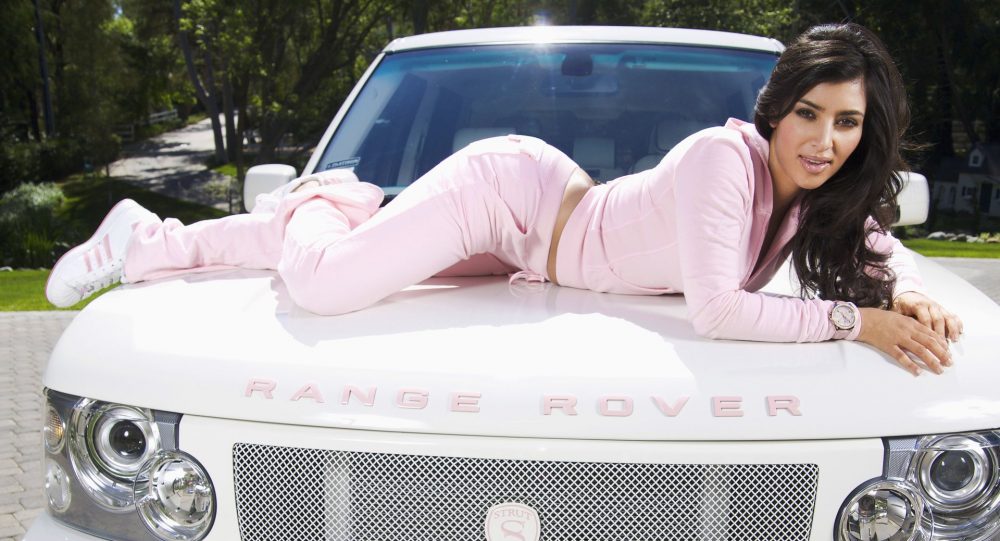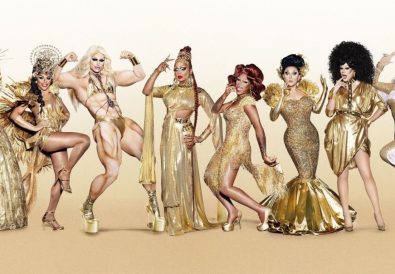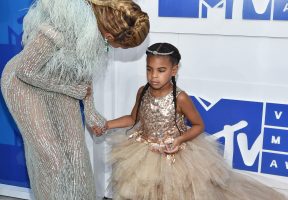Right now, I am typing this in tapered jogging pants. I’m wearing a nineties-centric graphic t-shirt, and a Gap reissue hoodie is hanging over my chair. So, even in the throes of the summer flu (unrelated: who gets the flu in the summer, honestly), I’m here for the nineties and noughties fashion comeback. I don’t care how much like my 13-year-old self I’m choosing to re-embrace, she had it going on.
So, duh: our favourite styles have made a comeback. We know this from the fact that Aritzia sells Juicy Couture jackets, and we know this because you likely own at least one mini-backpack right now. But at what point should a brand pack up and leave? At one point is a comeback not in the cards?
I ask this because of Abercrombie’s recent efforts to earn back our dollars and hearts. They’ve changed their logo, are re-launching their denim line this fall, replaced “Fierce” (RIP) with “Ellwood,” and last year, they deleted their Instagram account in favour of turning over a blank slate. Which was needed: the brand had earned deserved backlash for prioritizing a very specific aesthetic, for fat-shaming, and for their highly-sexualized advertising. And while their approaches have been amended, they’re also still actively trying. Today, it was announced that Abercrombie will be testing out a “Refresh” concept store that will likely replace the stores we used to know. Fair enough.
But when we talk about fashion comebacks, most of the brands we’re gravitating towards again have clued into the fact that what we love about them is who we used to be when we wore them. We wear Juicy zip-ups (that haven’t changed since the early 2000s) and reminisce about The Simple Life, or we wear Fila and Adidas, proud of ourselves for having such good taste back in 1998. Our closets aren’t filled with pieces that hide who we used to be, they accentuate it. Which is why rebranding in the comeback age can be difficult.
It doesn’t help that when we remember Abercrombie or even Hollister, we also remember that they accentuated a very white, very upper-class, and very thin type of customer. The clothes were expensive, they existed on a tiered style system (the bigger the logo, the louder you advertised your ability to shop there), and they romanticized Laguna Beach-esque West coast culture. (See: elite.) Ultimately, the brand defines a very specific sect of the population, and while not everyone wore Tommy overalls or Vans or Baby G watches, they could if they wanted to — no one had explicitly stated they could not.
Which means that Abercrombie is stuck. If it releases a capsule collection like Gap, we’ll remember the company it used to be. (And that isn’t a good thing, even if our memories of discounted henleys we picked up on Boxing Day may be.) But if it forges ahead and erases its past, we’ll feel like we’re still buying into an irresponsible ethos. So . . . yikes.
But it isn’t hopeless. On the plus side, Abercrombie has been straightforward in its rebrand, revealing its plans (long-term and short-term) in hopes of what it plans to achieve by initiating them. And transparency is helpful when it comes to rebranding. Especially because like people, brands fuck up. Should Abercrombie keep moving forward while also keeping customers in the loop, anyone who shops there won’t feel like they’re funding a company that once recruited sales associates the way some agencies recruit models. They’ll be aware that they’re taking part in an evolution.
Which is why Abercrombie can’t come back in the way so many brands have been. It can still exist, can still find relevance among its demographic (which is now, “every person”), and can carve a place out in the style market, but if it wants to break from its former self, there’s no room for nostalgia. Three polo shirts worn with popped collars will always remind us of everything we associated with A&F in the same way wearing a giant moose does. And this time, that isn’t a good thing. There’s a difference between a “comeback” and a brand “coming back.” So for Abercrombie, let’s hope they understand that it’s the former.
Featured image via Kimkardashianwest.com










